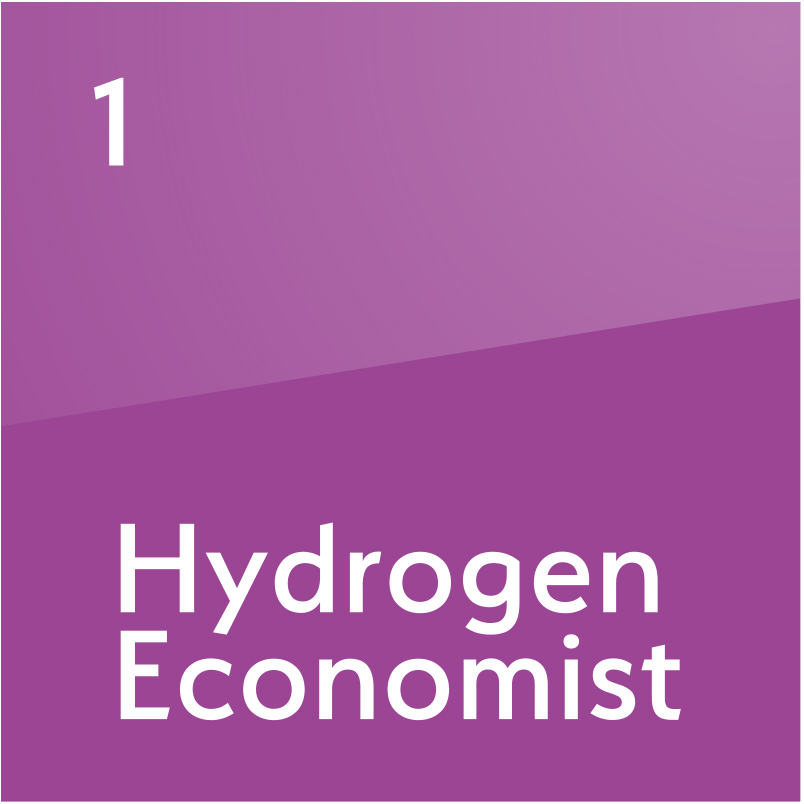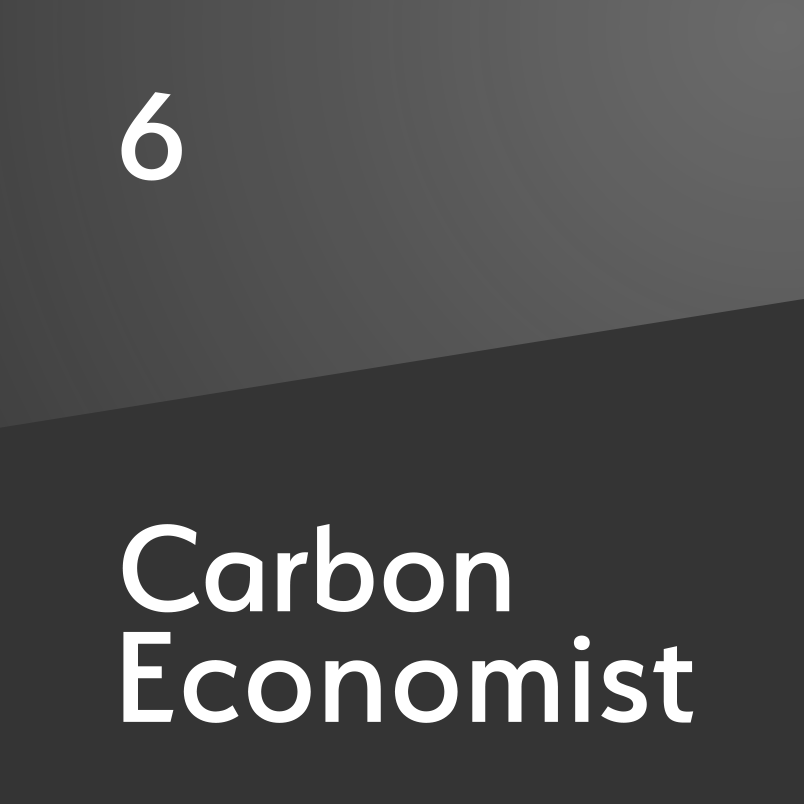Letter from Austria: Traditional indicators no longer tell oil’s story
With extreme weather, refinery closures and geopolitical uncertainty reshaping supply and demand, traders must look beyond headline price movements to understand the actual state of the market
The global oil market has entered a period of increasing volatility, with unpredictable supply, deceptive demand signals, and factors such as geopolitical uncertainty and souring economic sentiment all tugging at prices. Crude flat prices have been somewhat volatile but have, on the whole, suffered over the last month or two. Diesel spreads, which measure the physical need to either store barrels or release barrels from storage, have historically been a reliable indicator of broader market trends and of economic growth. Recent disruptions, however, suggest traders must look beyond even this proxy to understand the evolving landscape fully. What is more, the increasing complexity of supply ch

Also in this section
9 April 2025
Oil’s resilience and gas’ growth will continue to define the global energy mix into 2050, according to Petroleum Economist analysis, but that does not have to spell doom and gloom for sustainability
9 April 2025
AI is powering the Middle East & North Africa’s digital transformation, but can the region meet soaring energy demand sustainably? Small modular reactors may hold the key
9 April 2025
North African producer hopeful of bringing in IOCs despite the disagreements over terms as latest bidding round is launched
9 April 2025
The surprise decision to bring on extra supply has coincided with better quota conformity from laggards in the group, Petroleum Economist analysis shows








